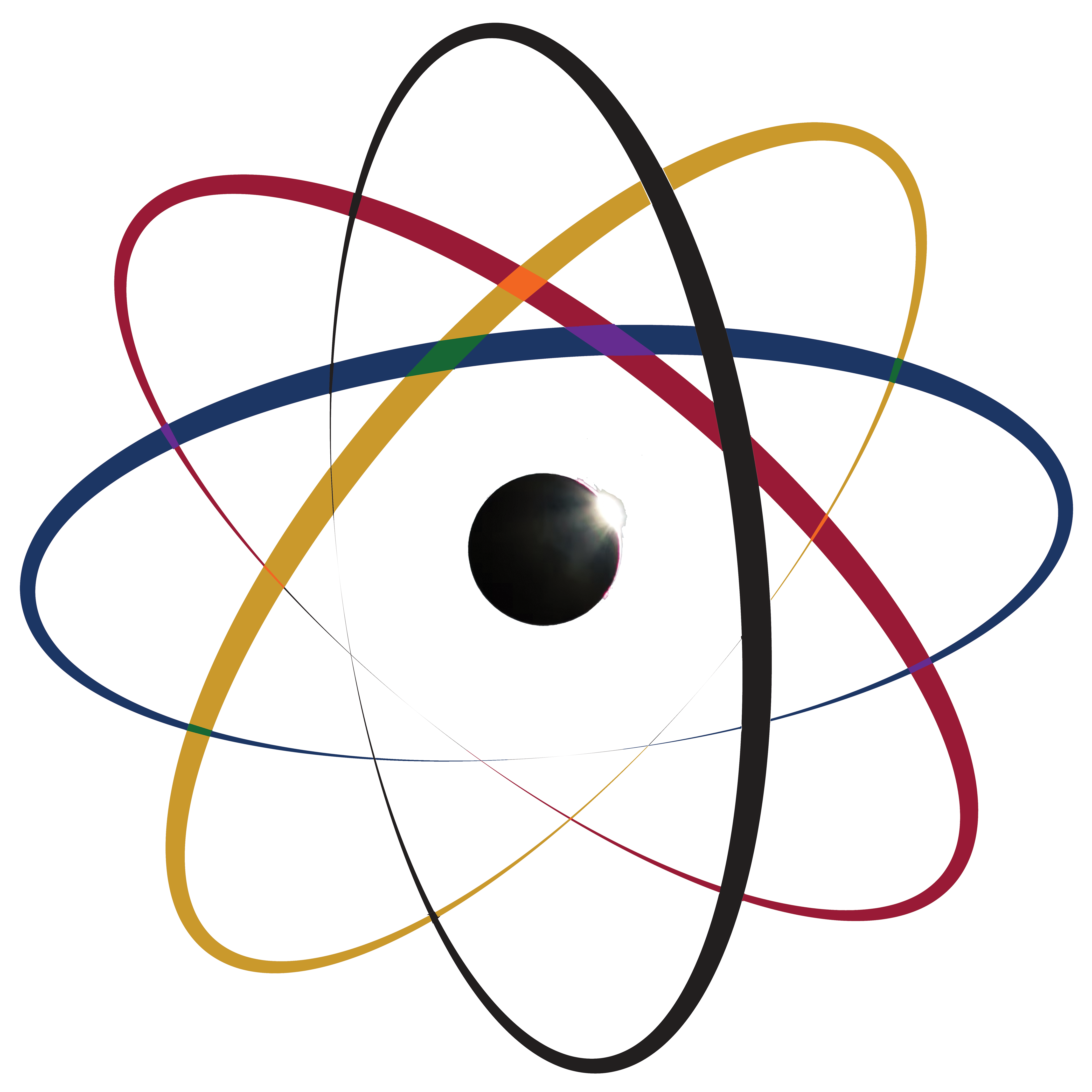When it comes to your heartbeat, you want it the way Goldilocks does: just right. The improper beating of the heart – whether too slow or too fast or irregular – is known as arrhythmia. Biomedical engineer Professor Natalia Trayanova is revolutionising the way we track and treat our hearts with incredible new digital technologies to assist clinicians.
On the 13th of December 2019, Her Excellency the Honourable Linda Dessau AC, Governor of Victoria, presented the Royal Society of Victoria’s Medal for Excellence in Scientific Research to Professors Anthony Burkitt and Jamie Rossjohn (en route to induct the new Victorian Premier and Cabinet!). Professor Burkitt leads a consortium of Australian universities and institutes to develop a bionic eye and technology, Bionic Vision Australia, and Professor Rossjohn is a leader in the field of immunology, in his quest to better understand how the immune system works and can be manipulated to address disease. The RSV Research Medal awarded to two leaders in their fields recognises both their research career achievements as well as their impact in the scientific community through mentorship and public engagement.
Recently, there has been worldwide “hype” around brain interfaces and the seemingly endless possibilities that they provide. Despite bold predictions from several technology companies about the future of neural interfaces (e.g. Elon Musk’s whole brain interface that will allow the brain to connect to an information network), the science of brain augmentation is still in its early days. There is a large gap between what is talked about amongst the hype and what is actually feasible in the near future. Professor Arthur Lowery gave us a reality check of what applications are possible for brain interfaces; electrodes can be placed to stimulate the occipital lobe for sight, the motor cortex for the control of prosthetics, or the speech centre for artificial speech.






